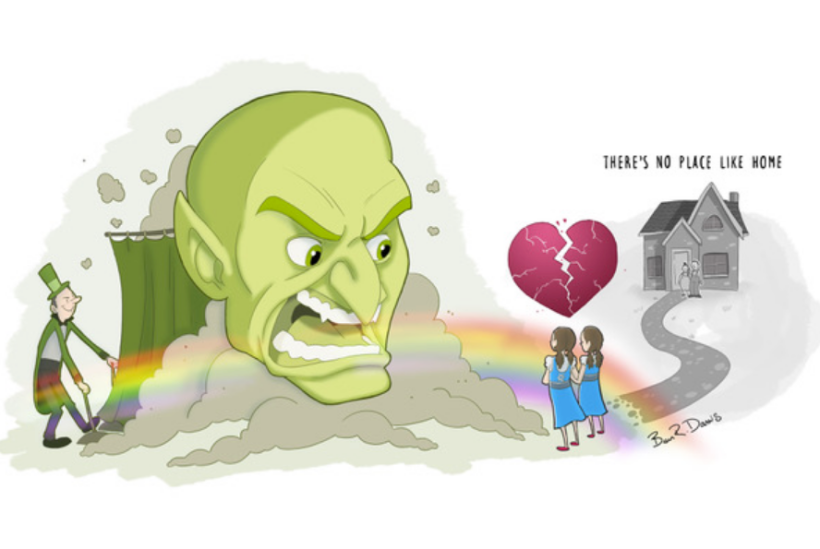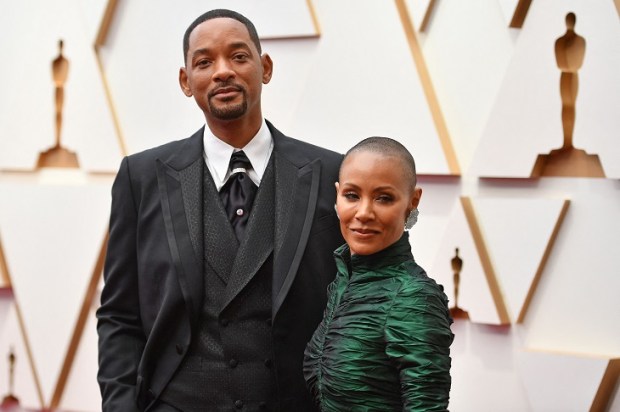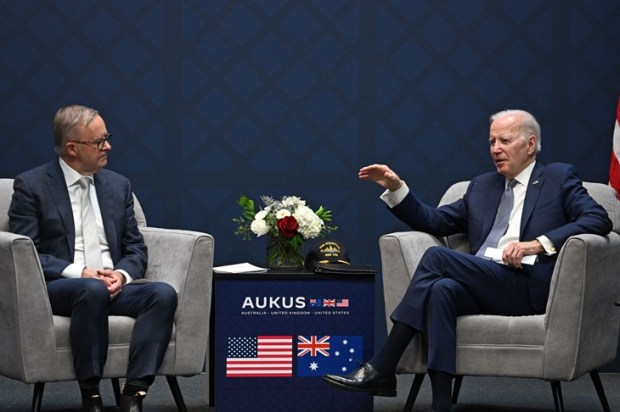Much to my wife’s unease, I sat down with my four-year-old son the other day and watched The Wizard of Oz, which, to her surprise and my defence is rated G. Even though it premiered all the way back in 1939 (almost eighty years ago!) it’s as popular, and to a child, still as scary today as it was back then.
Already a subscriber? Log in
Subscribe for just $2 a week
Try a month of The Spectator Australia absolutely free and without commitment. Not only that but – if you choose to continue – you’ll pay just $2 a week for your first year.
- Unlimited access to spectator.com.au and app
- The weekly edition on the Spectator Australia app
- Spectator podcasts and newsletters
- Full access to spectator.co.uk
Or


























Comments
Don't miss out
Join the conversation with other Spectator Australia readers. Subscribe to leave a comment.
SUBSCRIBEAlready a subscriber? Log in